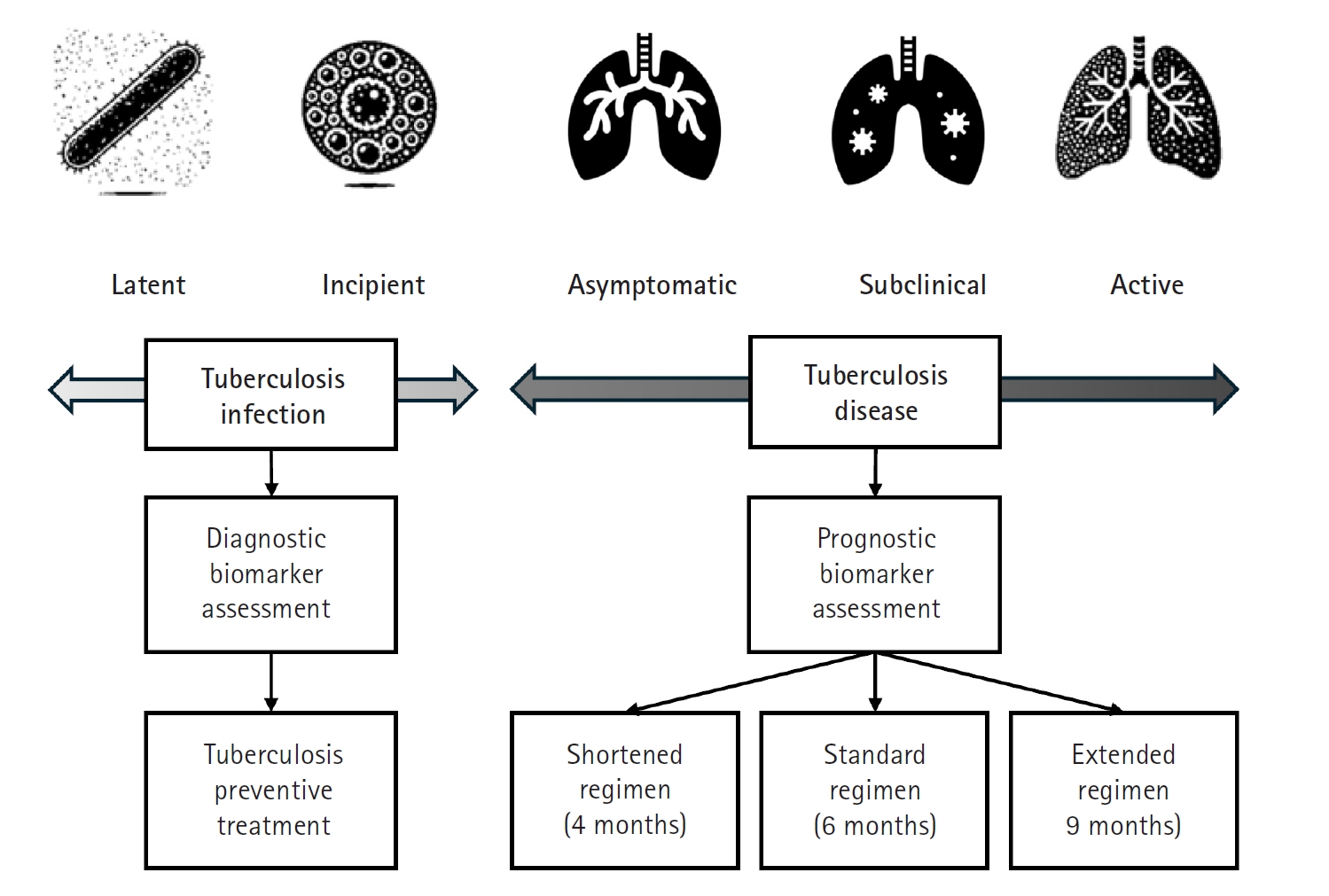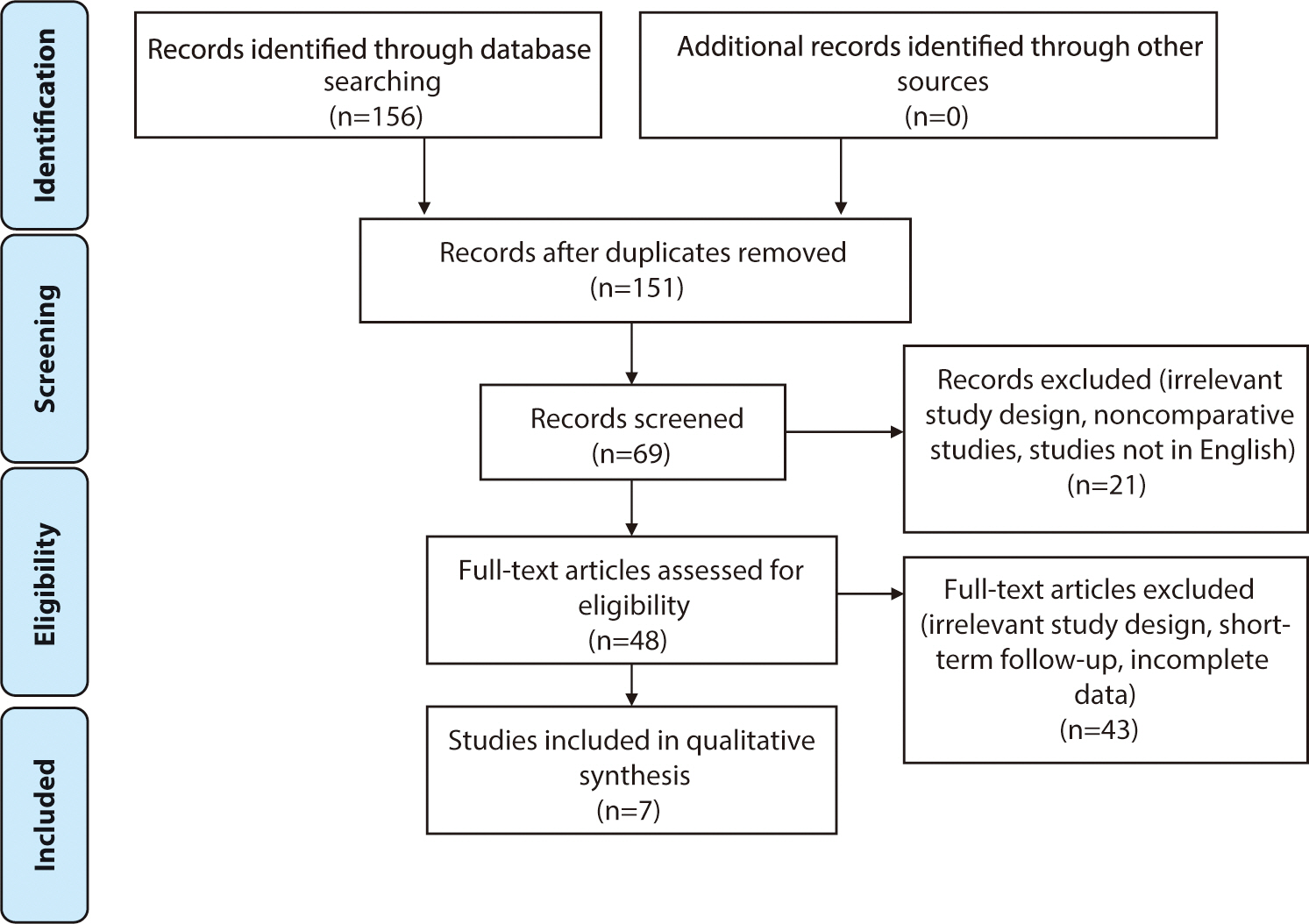
 , Bruno B. Andrade
, Bruno B. Andrade , Ju Sang Kim
, Ju Sang Kim , Yoolwon Jeong
, Yoolwon Jeong
Citations


 , Claudia Santosa
, Claudia Santosa , Sherly Desnita Savio, Erica Kholinne
, Sherly Desnita Savio, Erica Kholinne , Made Bramantya Karna, Anak Agung Gde Yuda Asmara
, Made Bramantya Karna, Anak Agung Gde Yuda Asmara  , Young Dae Jeon
, Young Dae Jeon
Pain originating from the elbow can be due to issues affecting the joint itself or the structures surrounding it. These structures include the medial and lateral epicondyles, associated ligaments, the origins of wrist flexor and extensor muscles, the olecranon bursa, the distal biceps tendon, and the radial and ulnar nerves. Pain that appears to originate from a different location may actually be referred pain, potentially stemming from the neck (cervical radiculopathy) or the shoulder. Among complaints related to the elbow, lateral elbow pain is the most frequently reported. This pain could originate from the lateral epicondyle, the radiohumeral joint, or it could be referred pain from other areas. Medial elbow pain is the second most common complaint, often resulting from issues with the medial epicondyle or the ulnar nerve as it travels through the cubital tunnel. The biceps tendon is frequently the cause of anterior elbow pain. Patients who report swelling in the elbow are often experiencing olecranon bursitis. These conditions can often be effectively managed through conservative treatment. The aim of this article is to provide a structured approach to addressing patients with elbow pain, by detailing the common causes of such discomfort and exploring effective nonsurgical treatment options.

Fecal incontinence (FI) is recurrent uncontrolled passage of fecal material in patients. The life expectancy of humans has increased. Elderly patients have a significant rate of FI. Therefore, the number of patients with FI will increase. For diagnosis of FI, the digital rectal exam, ultrasonography, and anal manometry are used. In addition, the severity of FI can be assessed using the FI score system by examining symptoms. Recent applications include three-dimensional ultrasonography and other novel approaches. The treatments for FI include biofeedback therapy, anal implant, artificial sphincter, nerve modulation, SECCA, stem cell therapy, and surgical intervention. Biofeedback therapy is a noninvasive procedure. Anal implant, stem cell therapy, and SECCA are all minimally invasive treatments. And more methods constitute intrusive treatment. None of these therapies has been conclusively demonstrated to be superior. Depending on the severity of the symptoms, a non-invasive approach or an intrusive treatment is most frequently employed. In this review, I will discuss the diagnosis and treatment options for FI.
Citations

 , Jong Kil Nam
, Jong Kil Nam , Bon Jin Koo
, Bon Jin Koo , Hyun Jung Lee
, Hyun Jung Lee , Tae Un Kim
, Tae Un Kim , Hwaseong Ryu
, Hwaseong Ryu , Yun Jeong Hong
, Yun Jeong Hong , Seungsoo Lee
, Seungsoo Lee , Dong Hoon Lee
, Dong Hoon Lee , Sung Woo Park
, Sung Woo Park
The aim of this study was to examine the clinical presentation, treatment delivery, and cisplatin eligibility of Korean patients with urothelial carcinoma (UC) in a real-world setting.
We performed a retrospective cohort study of patients initially diagnosed with UC from March 2013 to June 2018. Creatinine clearance >60 mL/min and Eastern Cooperative Oncology Group performance status (0-1) were adopted as cisplatin eligibility criteria.
This study included 557 eligible patients. Median age was 71.0 years (range, 33-94 years), and males were dominant (80%). Primary tumor sites were: upper genitourinary tract, 18%; bladder, 81%; and urethra, 0.4%. Initial disease status was non-muscle invasive bladder cancer (313, 56%), diffuse infiltrating non-muscle invasive bladder cancer (19, 3%), cTanyN0 upper tract UC (75, 13%), cT2-4N0 bladder UC (82, 15%), TanyN1-3 UC (36, 7%), or initially metastatic UC (32, 6%). At the time of analysis (June 2019), following treatments were delivered to 134 patients with localized UC: radical operation with or without perioperative treatment (89, 67%), definitive chemoradiation (7, 5%), and palliative surgery or supportive care only (36, 28%). In total, 89 patients had metastatic UC, including those with recurrent disease (n=57), and 34 (38%) of the 89 were eligible for cisplatin.
Clinical presentations in East Asian UC patients were consistent with those of previous studies in other countries, except for a relatively high incidence of upper genitourinary tract. Our results can serve as a benchmark for further advances and future research for treatments of UC in East Asian patients.
Citations


Urolithiasis is the most common and important disease in the field of Urology, and recently the incidence of urolithiasis has increasing tendency according to the improvement of living condition in Korea. In the management of urolithiasis, open surgery was done mainly until several years ago. But not with the development of extracorporeal shock wave lithotriptor (ESWL), endourology and other new instruments, the urolithiasis is easily treated, not surgically.
The author analyzed patients with urolithiasis who had been admitted to Ewha Womans University Hospital from April 1976 to December 1995 to know the change ofoccurrent trend and treatment for urolithiasis for the past 20 years.
The following results were obtained ;
1) During the periods, 3,069 cases were urolithiasis(31.1%) of the 9,868 total admitted patients in urology. The total number and rate of incidence were increased constantly especially until late eighties, but since the year of 1991 those were slightly decreased.
2) The sex ratio of male to female was not changed significantly. The occurrent rate under age of 20 years old was decreased but increased after 6th decades. The seasonal occurrence was the highest in summer until 1985, but after then there was no seasonal difference.
3) The incidence of ureter, bladder and urethral calculi was decreased but that of renal calculi was increased.
4) In the management, the open surgery and expectant therapy were decreased after October 1986, but the rate of nephrectomy was slightly increased. In endourological management, the success rate of ESWL, PNL and URS was 92.8%, 86.6% and 96.7% respectively.
For the past 20 years, the trend of urolithiasis was changed and modalities of treatment were changed, especially since the late of 1980s.
Citations

 , Jun-Hyeok Song
, Jun-Hyeok Song
The purpose of this study is to evaluate the clinical informations(symptoms, pathophysiologic phenomena, other associated vascular malformation and outcome) in order to define the guide of the management.
The authors reviewed the 54cases which were diagnosed by the high-resolution MRI and supplemented by computed tomography, from 1991 to 1996. The patho-physiologic phenomena of the CMs were classified into three groups by the finding of MRI. Surgical outcome was analysed according to the type of lesions, clinical variables, and indication of surgical management.
The mean patient age was 33.2 years, and the locations of CMs are in the cere-brum in 38 cases, basal ganglia/thalamus in 5 cases, brain stem in 16 cases, orbit in 2 cases and the spinal cord in 1case. Symptomatic hemorrhage were 25 patients(46%), seizure reported 16 patients(30%) and focal neurologic deficit 7(13%). Incidental cases were founded in 6 patients(11%) and their main complaints were headache. In 71% of the patients, the lesions were solitary and multiple in 29%. The 7 patients had coexisting venous angiomas. The A group had 24 patients(44%), B group 16 patients(30%) and the C group 14 patients(26%). Twenty nine patients who were asymptomatic or incidentally discovered lesions(6 patients) were treated conservatively. Twenty five patients(15 hemorrhage, 8 patients of intractable seizure and 2 patients of progressive neurologic deficits) underwent surgery.
This study suggest that surgical extirpation of the lesions is an effective management in accessible lesions, overt hemorrhage, medical intractable epilepsy and pro-gressive worsening focal neurologic deficits.

The aid of treatment in patellar fracture is the restoration of knee joint function and quadriceps muscle power. In this series, we experienced 37 cases of patellar fractures from March 1981 to March 1987 which were treated with operative care and followed-up at least 2 years at Department of the Orthopedic Surgery, College of Medicine, Ewha Womans University.
The results were as follow :
1) Most fractures were encountered in man from twenties to thirties.
2) The traffic accident was the most prevalent cause(17 cases, 47%) and 24 cases(65%) of fracture were induced by direct injury.
3) The most frequent configration of fractures was comminuted.
4) Among the operative methods, the result of the tension band wiring was superior to other operative methods, but not significantly.
5) The long-term result of patellar fracture with operative management following trauma may be directly related to this initial damage, involvement of articular surface, duration of immobilization and operative method.
 , Chung Nam Kang
, Chung Nam Kang , Jin Man Wang
, Jin Man Wang , Kwon Jae Roh
, Kwon Jae Roh , Hong Suk Kim
, Hong Suk Kim
Metastatic tumors involving the spine cause severe pain and paraplegia. Vertebral body collapse results in spinal collapse results in spinal instability. In order to promote stability and improve pain, anterior fusion with bone cement and posterior fusion with instruments were used. Retrospective study was carried out of 16 cases of the metastatic tumor of the spine in Ewha Womans University Hospital Orthopedic Surgical dept. from Jan. 1982 to Dec. 1988. We have analyzed the results of treatment and obtained following conclusions.
The results were as follows :
1) Of the 16 patients, the ratio of men to women approximately 3:5 and the high incidence was over 5th. decades.
2) According to tumor classification, reproductive tract tumor was in 4 cases(25%), gastric, lung and hepato-biliary tumors in 2 cases each(12%), thyroid tumor in 1 case(7%) unknown origin in 5 cases(31%).
3) The thoracic spine commonly involved in 12 cases(75%).
4) Anterior fusion with bone cement was in 11 cases and posterior fusion with instrument in 4 cases. Both anterior and posterior fusion was in 1 case.
5) In functional results, the ambulation was achieved in 14 cases postoperatively, in 12 cases at 6 months, and 10 cases finally.
6) The surgical treatment was valuable, because the good results were appeared in 62.5% finally with loss of pain.
 , Chung Nam Kang
, Chung Nam Kang , Jin Man Wang
, Jin Man Wang , Kwon Jae Rho
, Kwon Jae Rho , Kwang Sug Sim
, Kwang Sug Sim
There are many methods for treatment of solitary bone cyst. But the recurrence rate was relatively high and beside, serious complications may be followed. Recently, simple topical of steroid into cyst was contrived and the result was know as same or even better than surgical management. A patient of solitary bone cyst who had been failed two times by surgical intervention was treated with topical steroid injection for several times. Two years following up, the result was good. No evidence of recurrency was seen and was shown good healing process

Twelve cases of delayed traumatic intracerebral hematoma(DTICH) were found retrospectively among 826 patients with closed head injuries admitted to the Department of Neurosurgery, College of Medicine, Ewhe Womans University in a 2-year period. All cases had severe head injuries sustained with the head in motion. The interval from cranial injury to diagnosis of DTICH by computerized tomography(CT) varied from 15 hours to 11 days. The diagnosis was made on repeat CT scans obtained because of the development of focal findings, lack of improvement and/or general neurological deterioration. One patient had initially negative CT scans. Six patients demonstrated only extracerebral hematoma on initial CT scans. Two patients showed acute intracerebral hematoma on the initial scan followed by new hematomas on repeat study. Ten patients were treated surgically, and eight had fair & good results. The cases presented are discussed in the light of pertinent literature.

Fractures of the distal third of the femur proved to be very difficult to treat regardless of selection of treatment method whether surgical or nonsurgical. There are too many difficulties in both accurate reduction with traction and subsquent maintenance of reduction with cast when nonsurgical methods were used, as compared with the problems encountered with accurate internal fixation. Also, there are too many complications when nonoperative methods were used. Recent development of more efficient metallic devices for internal fixation and cast brace, and traction methods will improve the results of the treatments. Forty one cases of supracondylar, intercondylar, and condylar fractures of the femur, which were treated at the department of orthopaedic surgery, college of medicne, Ewha Womans Univeristy during the period from March 1970 to December 1982 has been analysed clinically, and following results were obtained:1) Among 41 cases, 27 cases(65.9%) were male. The most common cause was traffic accident with 25 cases(61.0%) and next was slipping with 7 cases(17.1%). 2) By the Neer's classification, intercondylar fractures of the femur were observed in 27 cases(65.9%), and the most commcn was type III with 11 cases. 3) By the evaluation of Schatzker and Lambert, the results of treatment were satisfactory in 72.7% of the patient with operative method, and only in 37.5% of the patient with conservative method. 4) The results, in the cases of inadequate initial management, severe comminuted supracondylar and intercondylar fractures of the femur, open fractures, prolonged immobilization of the knee joint for 13 weeks, and delayed operative internal fixation of more than 4 weeks were usually fair to good. 5) The results, in the cases of mobilization of the knee joint at 6 weeks from injuries and at 1 week from operative internal fixation were usually excellent to good. 6) Author's methods which consist of making the Z-incision of tensor fascia lata for wide exposure of the operative field, using bone hooks, and temporary fixation by two K-wires were satisfactory for easy reduction of the distal fragment-

The ankle, which at times bears up to five times the body weights, is the most congruous joint of lower extremity, but its complex articulations are as not yet understood completely. The injuries to the ankle joint include not only injuries that cause distruption of the bony architecture of ankle but often injuries of significant syndesmotic ligamentous. One hundred and sixty two cases of ankle fractures in adult which were treated at the Department of Orthopedic Surgery, College of Medicine, Ewha Womans University, during the period from March, 1982, were analysed clinically and the following results were obtained ; 1) In 162 cases of ankle fractures, 122 cases(77.2%) were male, and the most common cause was traffic accident. The most common type, according to the Lauge-Hansen's classification, was pronation-external rotation with 58 cases(35.8%). 2) According to the Colton's criteria, the result of treatment with open reduction and internal fixation was not comparable to that with closed reduction. 3) Good functional result in ankle fracture and associated ligamentous injuries were depend on three factors such as, anatomic restoration of articular surface, early range of motion, and early weight bearing. 4) For the satisfactory function of the mortise, the fibular must be restored to normal length, correctly positioned in the groove of the tibia, and effectivey anchored to the tibia through the syndesmosis.

Malignant neoplasm is the most common cause of death in Korea since 1988. In terms of incidence, still gastric cancer is the most common cancer in male, but breast cancer became the second most common female cancer followed by thyroid cancer. The reasons why incidence of breast cancer is increasing, (1) Westernized food patterns; high fat and high calorie diet, (2) late marriage with lower birth rate, (3) shorter period of breast feeding, (4) longer exposure to estrogen; early menarche with late menopause, hormone replacement therapy, (5) low physical activity with high body mass index, (6) environmental stress, and etc. Still incidence of breast cancer in Korea is relatively low comparing to those of American and European populations, but it is very rapidly increasing with annual increase rate of about 6%. So Korean breast cancer specialists should try to study breast cancer in terms of basic and also clinical aspect and also educate laymen for etiology, symptoms and signs, early detection method including breast self-examination and prevention.
Citations


To evaluate the treatment failure (TF) rate of leiomyoma after uterine artery embolization (UAE) for uterine leiomyomas in cases of the presence of anastomoses between the ovarian arteries (OA) and uterine arteries (UA).
The results of 163 consecutive UAE for uterine fibroid were reviewed. Mean patient age was 42.8 years (range, 25 to 57 years). TF was evaluated according to the anastomoses between OA and UA on pre-embolization angiography. Magnetic resonance images (MRIs) were obtained at 1~6 months or 12 months after UAE. MRIs were gadolinium (Gd)-enhanced images and/or T2-weighted images. MRIs exhibited focal enhancement portion on fibroid and evaluated the TF rate of the leiomyoma in patients of presence of anastomoses between OA and UA.
Fifty six patients had anastomoses between UA and OA on pre-embolization angiography (56/163, 34.4%). Angiographic subtypes were type Ia (n=19), type Ib (n=16), type II (n=11) and type III (n=10). Of all patients, 10 patients showed the focal enhancements of the leiomyomas on follow-up enhanced MRIs (10/163, 6.1%). Three treatments failed in patients demonstrated type Ia (3/19, 15,8%). One had type Ib (1/16, 6.3%). Other 6 had no anastomoses. There was no TF rate difference between patients with communication (4/56, 7.1%) and without communication (6/107, 5.7%). However, TF rate in patients with type Ia communication (15.8%) was higher than that without communication (5.7%; P<0.05).
Type Ia utero-ovarian anastomoses communication could be a contraindication for embolization treatment for leiomyoma.
Citations

 , Sung-Hak Kim
, Sung-Hak Kim
In treatment for intracranial aneurysms by coil embolization, recanalization remains the major limitation of coiling, particularly wide-necked or larger aneurysms. The aim of this study was to evaluate technical results and clinical outcome in a single center of consecutive patients with intracranial aneurysms treated with endovascular embolization using polyglycolic-lactic acid (PGLA) coated coils.
Between January 2005 and December 2010, 33 patients (male, 8 patients; female, 25 patients; mean age, 57 years) with saccular intracranial aneurysms were treated by means of an endovascular approach using PGLA coated coils. The endovascular procedures and technical outcomes were evaluated. The mean follow-up duration was 15.9 months (range, 6 to 72 months).
Successful embolizations with satisfactory results were achieved in 91%. The degree of occlusion of the treated aneurysm was complete in 23 (69.6%), small neck remnant in 7 (21.2%), and residual filling in 3 (9%). Thirty patients (90.9%) showed no interval change of the residual neck. Three patients (9.1%) demonstrated the recanalization, and 2 of them were successfully recoiled.
This preliminary study showed that PGLA coated coils may be safe option and preventable for recanalization in patients with intracranial aneurysms. Further study with more cases, longer follow-up data and well controlled design are required to confirm our results.
Citations


Infantile hypertrophic pyloric stenosis (IHPS) is common surgical disease in infants having vomiting. This disease is still not fully documented despite of various hypotheses. This article reviews the literature on the etiology, clinical course, diagnosis and management of IHPS including recent opinion.
Citations


